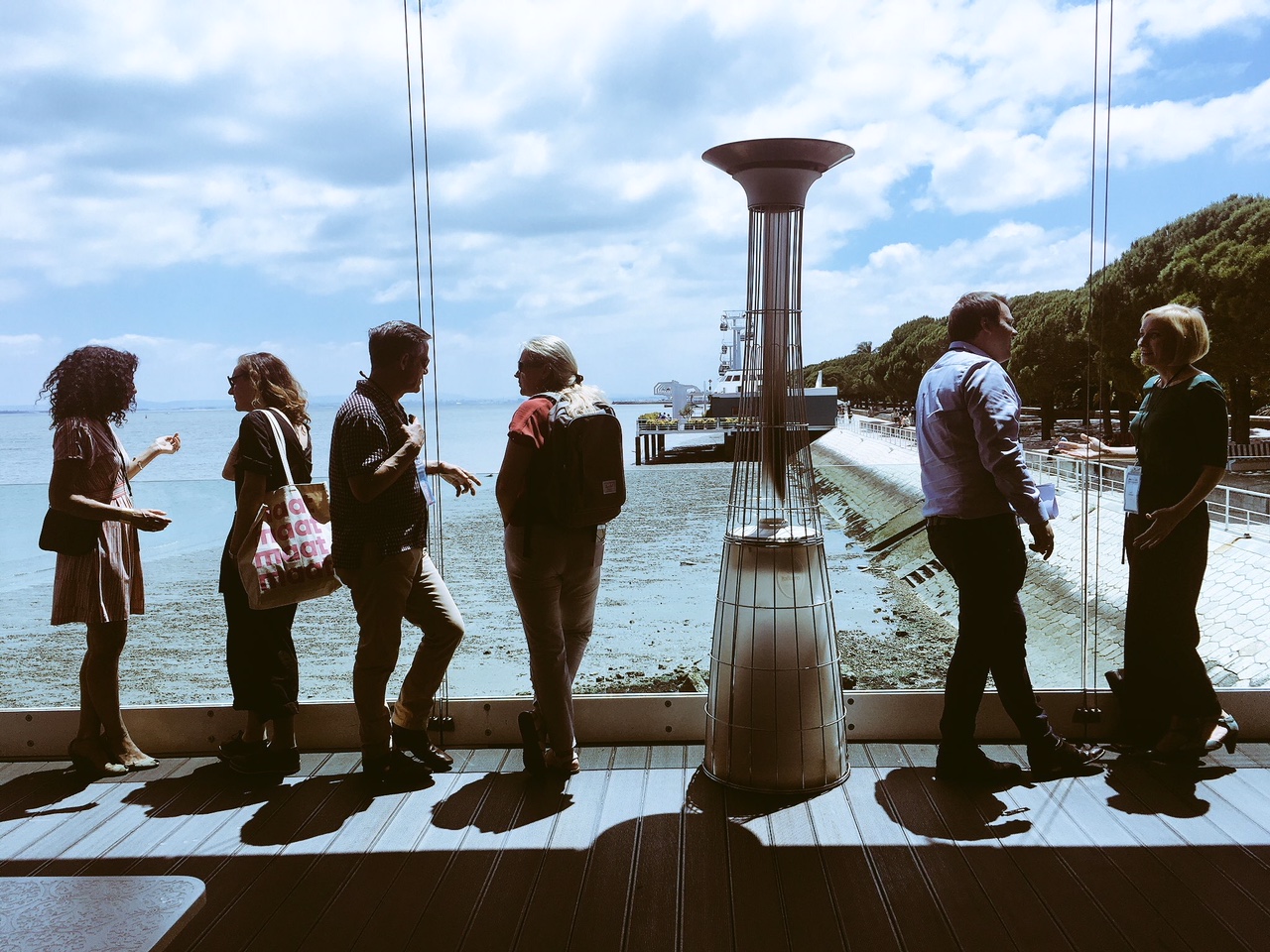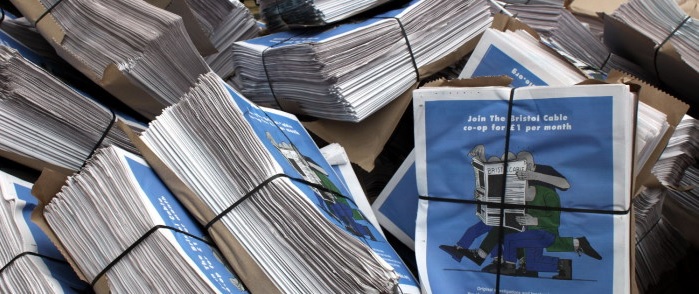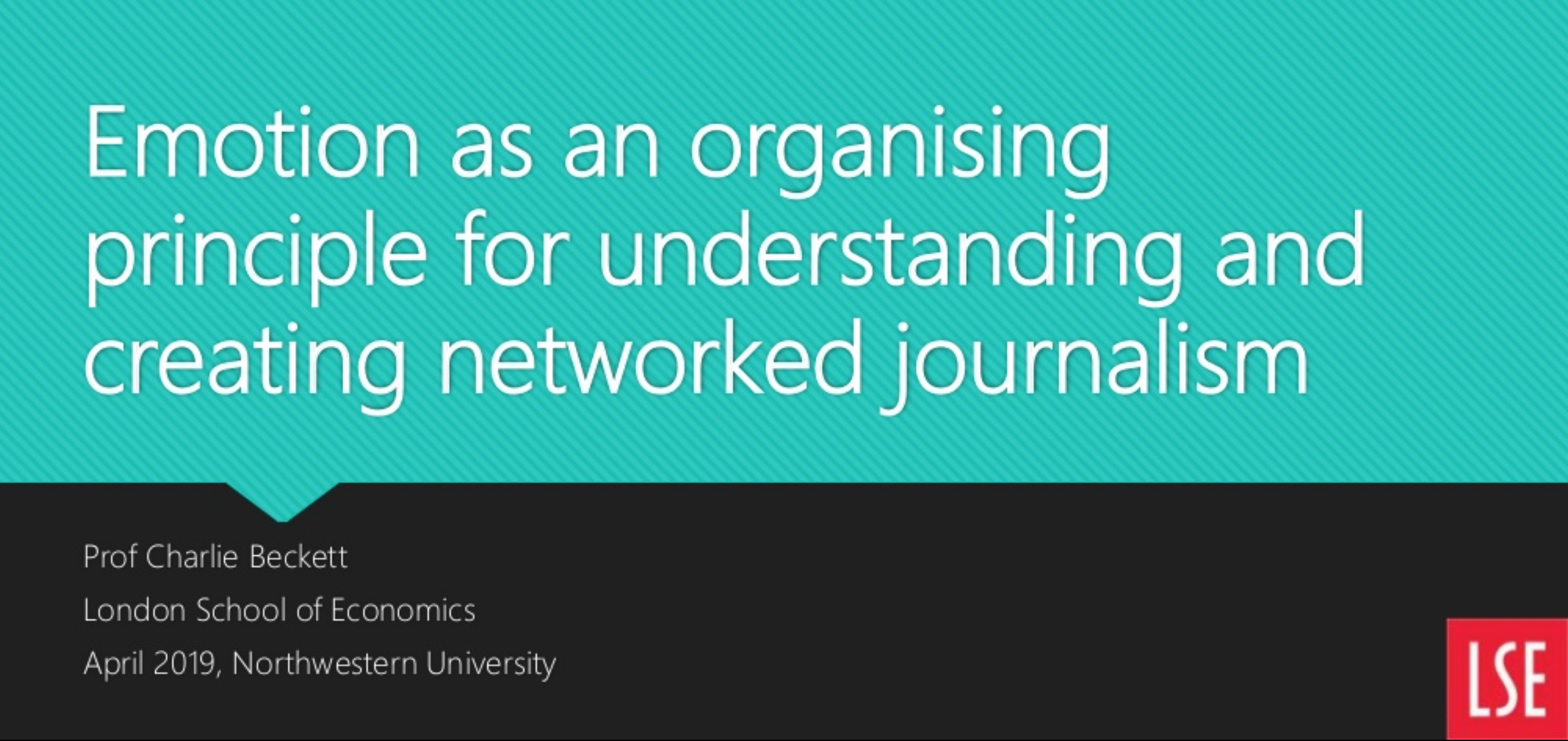In 2018 the LSE Truth, Trust and Technology Commission reported on ways to tackle the information crisis. It stressed that any response needs to be strategic, dealing with the overall information ecosystem, not a series of ad-hoc, specific policies. It addressed the need for better oversight of the big technology companies’ platforms and networks; the need for a major programme of media literacy, and reform of UK electoral communications law. This is what it had to say about how the news industry itself is responding and what can be done to support those efforts. Its analysis and policy suggestions now appear to be more relevant than ever as the business crisis in journalism continues and policy-makers and news organisations struggle to maintain the role of credible journalism in an environment of misinformation and divisive political communications.
The response of the news media: Quality, sustainability, ‘credibility signalling’ and distribution
The response of the news media has been to:
- Improve the quality of news
- Self-regulate to promote traditional journalism verification and ethics
- Improve ‘assessability’ of news through credibility signalling
- Generate innovative new funding models.
There is strong evidence for the positive role that good quality and reliable news plays in society. A decline in the capacity of local news provision, for instance, has been shown to have a measurable negative consequence for the financial efficiency of local government. But attempts to support quality news that do not recognise the complex interactions between the media and other societal forces are likely to have limited or even perverse effects. Promoting fact-checking, for example, without understanding scepticism about information authority, can backfire if the misinformed dig deeper into the trenches of misconceived views as a reaction to corrections to information published online.39 A more multifaceted approach to the complex ecology of news and information is required. News media have responded to the crisis with an urgency born of their will to survive.
They are trying to improve quality and trust in their products and to access better distribution and a bigger share of digital revenue. They are experimenting with new business models such as subscription or foundation funding and new forms of horizontal collaboration, and they are developing new approaches to ‘credibility signalling’ – building trust in their news through various forms of trust mark. For many news organisations, a first step in response to the information crisis is the attempt to improve quality. Mainstream news media organisations are becoming aware that to distinguish themselves from misinformation or poor-quality content, they must improve their own standards across the board. Not only are many of them attempting to improve the reliability of their own product by tightening journalism standards, but they are also investing in internal fact-checking and collaborating with external fact-checkers.
News media are investing in what philosopher Onora O’Neill calls ‘assessability’ giving media users more contextual information about how to assess the trustworthiness of their media. Credibility signalling allows news providers to show the public where they are investing in accountability, ethics, verification and higher standards. By showing sources, for example, journalists can demonstrate the painstaking research behind a story. The presence or absence of shown sources allows citizens to make more informed judgements about quality. This is a ‘basic hygiene’ issue for newsrooms, yet it has so far been carried out ad hoc. A range of research tools has been launched from organisations such as the Trust Project and Newsguard. Some of these are ‘pop-ups’ that reveal sources when a text is browsed. When sources need to be protected, that, too, can be explained. Other measures involve editorial practices such as allowing comments or feedback, explaining editorial policies on quotes or distinguishing between news and comment. Some involve good ethical practice such as the clear labelling of ‘sponsored’ content. All these contributions are useful and it is possible to make media users more aware of these accountability frameworks.
News providers are continuing to innovate their revenue model and changes, such as charitable status, and the associated tax breaks and philanthropic funding, may offer some support. However, external funding can also foster a dependency culture and such funders often have institutional or ideological agendas that can compromise editorial independence. But as part of a mix, and when targeted carefully at specific gaps or used for catalytic projects that stimulate best practice and product or service development, such funding can help to build capacity for quality news production. At a time of radical restructuring in the news industry because of financial pressures, external funding could also encourage much-needed diversity to address under-served and specialist audiences. A Carnegie UK Trust report notes that mandatory local authority notices in newspapers provided a ‘subsidy’ of around £40–60 million a year in the UK, but this is now threatened. The increasing burden on local authorities suggests that other sources of funding will need to be found, for example, via an allocation from the Big Lottery Fund. Even if new sources of quality news can be financed, distribution is a core challenge and the quality news media continue to face an uphill struggle in bringing their product to larger audiences.
The big challenge on the new platforms is monetisation. The news providers need to gain access to better data resources and more advertising revenue if they are to continue. Mainstream news organisations are seeking ways to become less reliant on the platforms to sustain their business models, but they face the threat of media ‘infrastructure capture’ by the platforms. One strategy is for news publishers to build autonomous routes to the public. However, journalism cannot exist in isolated, subscription-supported pockets when the public is spending increasing time and attention on the platforms; it needs to go where the conversations are happening.
In summary, the news media face multiple challenges as they attempt to address the information crisis. They are attempting to build quality products and trust, but they face huge challenges of distribution and funding. They are innovating and responding, but they need help.
What Needs To Happen Next?
The T3 Commission recommended a series of policy strategies with an Independent Platform Agency to have oversight of the technology companies and to help co-ordinate other efforts to improve the information ecosystem in the UK. This is what it had to say about the news industry:
The news media should continue their important work to develop high-quality and innovative revenue and distribution models. They should also continue to work with civil society and the platforms on signalling the credibility of content.
The Independent Platform Agency (IPA) would work to encourage the news industry to establish a News Innovation Centre operated by the news industry itself to support journalism innovation and quality news. The Centre would act as a research and networking body, helping connect journalists and news organisations with funders interested in supporting innovation, training and specialist journalism. The Centre would generate and administer funding from philanthropists, the platforms and other sources
One critical factor will be how the news industry responds to new market conditions such as the continued decline in advertising revenue, but also new technological developments. A recent Polis/LSE report sets out, for example, how the news media can meet the challenges and benefit from the opportunities offered by Artificial Intelligence technologies such as automation, machine learning and data analysis.






